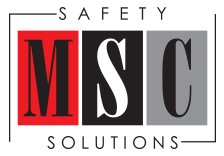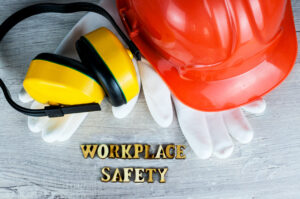We want our safety programs to be effective.
If we are going to be strategic in our thinking about what will make a safety program effective, we are going to have to think critically about how to facilitate it in such a way as to get our people on board with more than just a token acknowledgment. We want to avoid the ‘safety cop’ mentality, as well as practices that evidence that kind of thinking. To help with that strategic thinking, here are some thoughts to ponder regarding how we approach our people, especially in our emphasis.
Here are three ‘E’s for an effective Safety Program.
Education – Our people cannot do it if they do not know. If we are going to educate them effectively we want to communicate to them vital information in such a way as to grab and hold their attention long enough and firmly enough to make an impression. This will likely require more than one method of communication. One idea which is proving effective in producing coordinated training is sending out a weekly safety video to the foremen. They can play it for the crew and collect signatures. There are apps available to enable foremen to fill out and send the finished form to the office. This is only one idea. The critical matter is that we educate our employees as our first priority.
Encouragement – When it comes to enlisting the aid of our people in willing participation in the safety culture we are developing, encouragement is a key factor. If the first thing employees think when they see the Safety Officer is, ‘I wonder what he’s going to find wrong now,’ then we are projecting a negative image to them. Encouragement is a valuable tool to eliminate that negative perception. This does not mean we do not address the hard safety issues as they arise, or ignore safety violations in trying to project a positive image. It does mean that we take notice of what our people are doing right, and say so. That way they know we notice the efforts they are making, and are encouraged to do better about the things we mention that are wrong.
Enforcement – A safety program is of little value if it has no teeth. Even if we take the approach that two-thirds of our activities as Safety Officers should be education and encouragement, we do have to face the fact that sometimes it does come down to enforcement. When we enforce, do we do it in a meaningful, effective manner? Do we enforce by descending from a great height on an employee in front of co-workers? Or, by contrast, do we draw the employee aside, talk about the behavior calmly, do some re-educating and arrive at a positive or negative tangible action to make the point memorable. For example, perhaps the employee needs to stay home for a day or two and the loss of income will be a reminder for the future. Another alternative is to have the employee talk to the rest of the crew about the safety point at the next safety meeting. This can help make the offender a spokesperson for safety, instead of just a violator. Effective enforcement should produce positive outcomes.
We want to be effective, and we want ‘buy-in’ from our employees.
While the Three E’s are not new ideas, they are put here in a manner that will hopefully make them easy to remember and incorporate into our everyday routine of making safety a way of life for ourselves and for our people.
-Tomm “Roo” Tice, Safety Representative
Check out the rest of our blog for everything you need to know about Safety.







